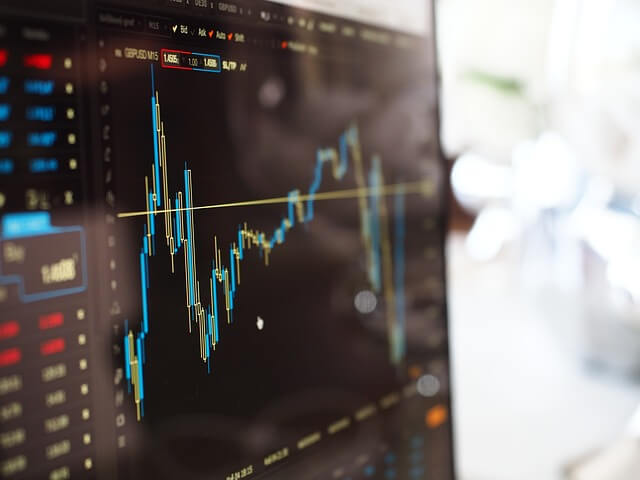Understanding Liquidity Risk in Share CFDs Trading
Financial market traders need to grasp the concept of liquidity risk because it teaches them to handle trading losses while improving their trading techniques. Share CFDs present a particular risk because market conditions including various factors affect the ability of users to achieve their desired transaction prices. Open market congestion results in liquidity risk because insufficient market participants create constraints that cause traders to experience both delayed transactions and price slippage which might prevent them from exiting positions.
Share CFDs trading depends on the ease at which buyers and sellers can interact with assets without changing the price significantly. Market liquidity influences the ability to complete fast trades at reasonable prices. The drying up of liquidity occurs both in periods of elevated market volatility and during trades involving unpopular assets which makes trading difficult for investors. Being unable to close a position becomes challenging for traders when the market lacks liquidity because they must accept unfavorable prices to find acceptable counterparties.

Image Source: Pixabay
Market liquidity problems generate multiple operational problems within the financial environment. Price slippage typically happens as a typical market phenomenon. Prices differ from the planned execution point during market orders due to this phenomenon. Highly liquid market conditions allow orders to be filled at their requested price or extremely close to it. Low market liquidity leads to fast-moving asset prices which results in orders being filled at dramatically altered rates. Share CFD trading becomes costly because traders experience entry price deterioration and reduced profit potential along with larger loss magnitudes.
When liquidity levels decrease there is always a possibility that traders will face complete failure in executing their orders. The trader would possibly need to postpone their position closing due to a lack of available buyers until market liquidity improves. The time a trader must wait for market execution exposes them to additional market losses if prices move unfavorably during this period. Such unexpected market conditions impose risks upon unprepared traders who attempt rapid position closings during times of volatility.
Trading day liquidity levels evolve dynamically therefore they differ between periods during market hours. Financial market liquidity peaks at particular times throughout the day when global financial centers operate. Stock exchange operating hours create the optimal conditions which traders can exploit during open and close sessions. Liquidity becomes more prominent during market events combined with off-peak trading hours since these periods lead to lower market liquidity. Market participants who study the availability of liquidity can make better predictions regarding low liquidity times and adapt their investing methods appropriately.
Traders who wish to manage liquidity risk in Share CFDs trading need to develop both strategic approaches and vital market knowledge. The risk of low liquidity becomes less threatening when traders monitor market conditions to predict upcoming periods of weakened market liquidity. Traders generally restrict their trading positions when market liquidity drowns while also implementing stop orders as protection against sudden price fluctuations. Implementing limit order risk management features enables traders to achieve trades at acceptable prices which minimizes slippage effects.
Share CFDs trading operates in such speed that traders must confront liquidity risk as a standard trading condition. Traders who comprehend market dynamics coupled with well-designed trading plans will successfully handle liquidity issues to prevent significant trading losses. Traders who remain alert while making necessary adjustments to their methods will improve their achievement possibilities while decreasing the negative outcomes from low market liquidity.
Comments